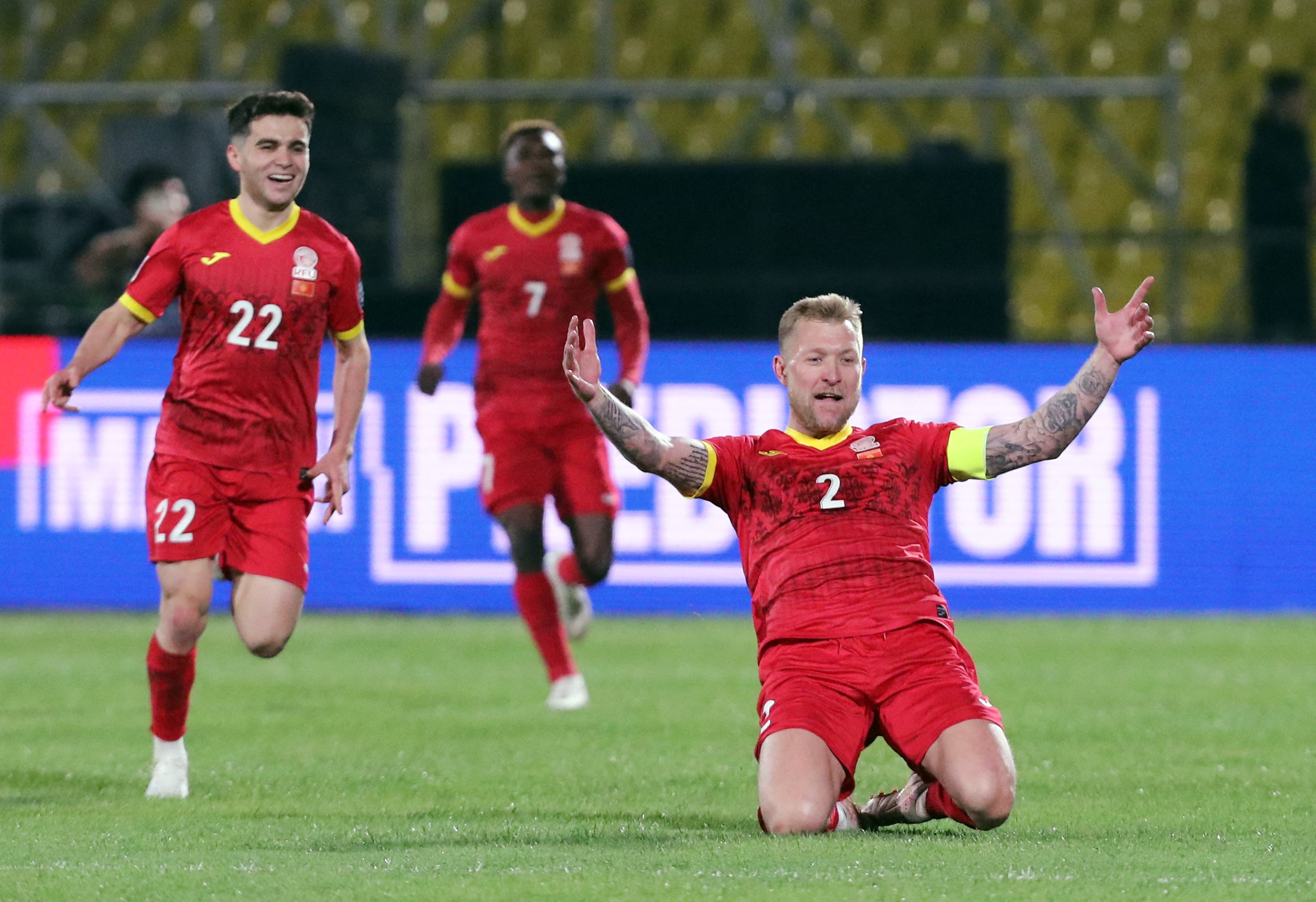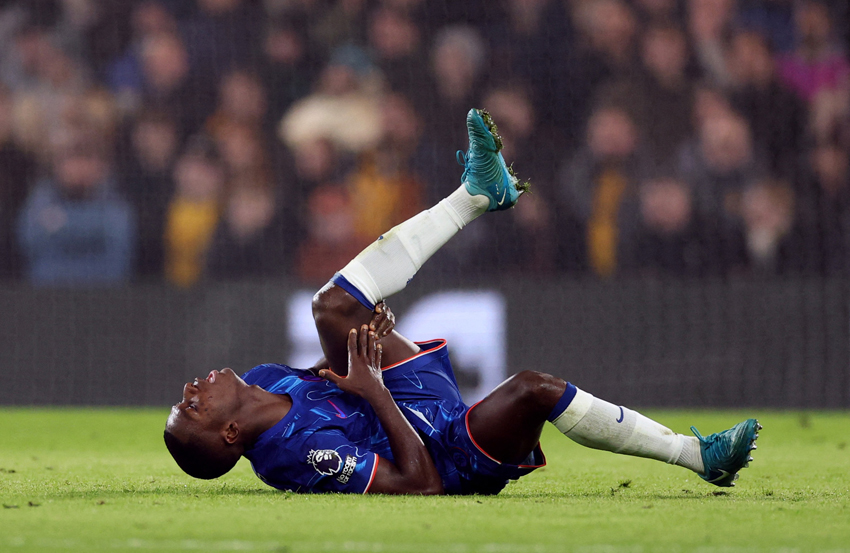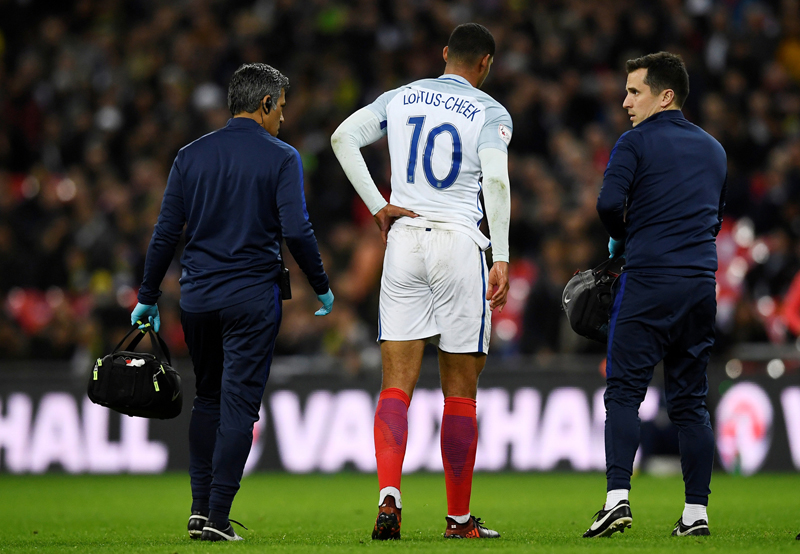Studies reveal that 60% to 80% of the general population experiences low back (lumbar) pain at some point in their lifetime(1). Despite their level of fitness, athletes are no exception and even elite cyclists show an incidence of back pain similar to the general population(2).
The structure of the spine arises from a set of stacked bones running from the skull to the pelvis, called vertebrae. These stacks of bone have a hole in the centre of them through which passes the spinal cord. Nerve roots branch off of the spinal cord between the bones and send a network of nerves throughout the body. Filling the spaces between those stacked bones are gelatinous discs that cushion the vertebral bones and absorb the forces that travel along the spine (see figure 1). Connecting the vertebrae are many tiny ligaments, muscles and tendons. The larger muscles of the back attach to the vertebrae and span to the scapula ribs and pelvis.
There are four basic origins of dysfunction that athletes with back pain should consider: pathology, musculoskeletal strain/sprain, injury to the disc, and spondylolysis or spondylolisthesis. Pathological causes of back pain include tumour, infection and fracture. Any back pain accompanied by fever, chills, weight loss, a history of trauma, or neurological symptoms (numbness or loss of bowel or bladder control) should be evaluated by a physician.
Oh, my aching back
The most common cause of back pain in athletes however is lumbar strain or sprain. Any of the tiny ligaments (sprain) and muscle tendons (strain) that connect the vertebrae can be injured through acute trauma or by overtraining. Usually the athlete recalls some traumatic event (lifting something heavy, a fall, or an unanticipated tackle) that triggered the pain, however, there may have been underlying weakness or prolonged stress that made the area vulnerable. Pain and stiffness (muscle spasm) result, and are usually worse the following day.When there is pain, a cycle of immobility begins. Even if you continue your sporting activity, you develop compensations to avoid using painful muscles. Weakness and muscle wasting in these muscles result from lack of use. A muscle imbalance occurs, leading to further compensations, weakness, and increased risk for further injury.
Most low-back strains/sprains improve within two weeks, and 90% of patients are pain free within two months(3). The key to the management of lumbar strain/sprain is pain control. Over-the-counter, non-steroidal, anti-inflammatory drugs (NSAIDS) relieve pain and decrease inflammation. Prescription muscle relaxants help if there is significant spasm.
Physiotherapy modalities such as ice, heat, and ultrasound improve the pain and allow early initiation of therapeutic exercise. Early return to light activity is advised, since taking more than two days of rest results in muscle atrophy. An athlete can return to full activity once he or she demonstrates pain-free, full range of motion. A further evaluation is necessary if pain and function do not improve with conservative treatment within two to three weeks.
The slippery disc
The discs between the vertebrae cushion the bones of the spinal column and absorb the shock of movement. The outer rings of the disc are composed of cartilaginous fibres that provide stiffness and form to the inner jelly-like substance. The outer rings are innervated by pain receptors that generate pain when the inner disc is forcibly squashed against them, as in forceful flexion and rotation movements.Continued stress to the disc may result in a tear of the outer fibres (see figure 2, below). As you can see, the disc does not actually ‘slip’, but rather herniates or leaks through the outer fibres into the space occupied by the spinal cord or its nerve roots, causing a radiating pain to the hips and legs. The irritation caused by this intrusion is more evident upon trunk flexion (bending forwards) as the disc is forced against the sensitive nerves. Diagnosis of a herniated disc is achieved by clinical exam and magnetic resonance imaging (MRI).
Again, pain control is achieved through NSAIDS and physiotherapy. Most people respond well to conservative treatment, consisting of limited rest and initiation of a therapeutic exercise programme under the supervision of a physiotherapist. Surgery may be required for those who do not. A discectomy, or excision of the offending protruding disc, is performed via small incisions in the back (called a percutaneous discectomy) or through a traditional open incision. For either procedure, the return to play for the typical athlete with a single level disc protrusion is two to three months(3). For those who have disc protrusions at multiple spinal levels and for whom a spinal fusion is indicated, the return to play for non-contact sports can be a year or more.
Recommended exercises for healthy backs
No matter how fit you are, you may experience back pain during your athletic career. Whether it’s due to lack of core strength, decreased range of motion, faulty technique, or overtraining, back pain usually responds to a conservative treatment of pain management and exercise. The following exercises isolate the core muscles of the trunk. Conditioned athletes may be able to substitute larger muscles to perform more advanced balance manoeuvres, yet struggle with the exercises below.Pelvic clockLie on your back with feet supported on a chair and hips and knees each at 90°. Imagine the face of a clock on your abdomen. Six o’clock is toward your pubic bone; 12 o’clock is toward your nose. Pull your pelvis down toward six o’clock in an anterior pelvic tilt and hold for five seconds. Now pull your navel toward your nose, using only your abdominal muscles, in a posterior pelvic tilt. Hold for five seconds. You may need to place your hands on your thighs to keep the muscles in your legs relaxed. Repeat the sequence five times. Progress to holding each contraction for 10 seconds.
*Heel touch
Lie on your back with your knees bent and feet on the floor. Press your navel to the floor. Keeping that position, bring both knees to your chest. Continue to press the small of your back against the floor as you slowly straighten one hip, keeping the knee bent, and lightly touch your heel to the floor. Return that leg to the starting position. Keep your chin tucked, but head on the floor as you repeat with the opposite leg. Repeat slowly, three times on each leg, for three sets. When you reach eight to ten reps without fatigue, begin to perform the exercise while straightening the knee until it is fully extended.*Superman
Lying on your stomach, stretch your arms forwards of your head. Begin with floating each arm, then each leg upward, and holding each for five seconds. Progress to lifting the opposite arm and leg simultaneously and holding for five seconds. When ready, add difficulty by lifting arms and legs together, keeping face down and neck long, and hold for eight seconds. Do 10 reps of each exercise.Cycling and back pain
The British Cycling Federation reported the frequency of injuries for over 500 elite cyclists who were evaluated by squad medics(2). Sixty percent of the injuries reported were in the low back. Further analysis revealed that the distribution of injuries were equal among track riders, road riders, and those who did both, indicating that actual hours in the saddle may not be a contributing factor to low back pain in cyclists.So why do so many cyclists experience back pain? Physicians at the Eisenhower Army Medical Centre in Georgia believe the primary cause is lower back weakness(5). In cycling, the low back is the powerhouse for generating forward momentum and controlling the bike. If the back is not well conditioned, fatigue sets in quickly and muscles are strained. This repetitive strain begins an inflammatory process that damages local tissue. Over time weakness, loss of flexibility, and pain become more prominent. What might seem like an acute backache brought on by moving some furniture may actually be the result of chronic stress from overuse.
Finding the right fit
Overuse injuries result primarily from using faulty equipment or progressing a training schedule too quickly. Often something as simple as a minor adjustment to the riding position can ameliorate the problem. The total reach of the rider from the seat to the handlebars is called the virtual top tube length. Getting this distance right is the most important factor for preventing low back pain. Unfortunately, there is no set formula for finding the magic fit for every rider. There are however, a few general guidelines:Riders find proper reach when they can’t see the front hub (because it is obscured from view beneath the handle bars) while riding in the drop handlebars. In this position, elbows should be bent 65° to 70°. The distance from the elbows to the knees should be two and a half to five centimetres at the top of each pedal stoke. With hands comfortably placed on the brake hoods, a plumb line dropped from the nose should intersect the bicycle stem. Most importantly, forward lean should come from the pelvis rotating at the hip, rather than bending the back, which should remain as straight as possible.
Handlebar height plays a role in rider comfort as well. Handlebar height should be even with, or just slightly lower than, that of the seat. Setting the handlebars lower than four centimetres below the seat places increased pressure on the low back unless the rider is extremely flexible and able to rotate his or her pelvis forward.
While tilting the pelvis forward at the hips rather than flexing the lumbar spine decreases the strain to the low back, it increases the pressure on the perineum. Researchers at Utah State University hypothesised that if female cyclists could achieve a greater pelvic tilt while riding, without increasing pressure on the perineum, their incidence of low back pain would decrease(6).
To test this hypothesis, 20 female volunteers rode a stationary bicycle ergometer using three different saddles: standard, partial cutout design and complete cutout design. The pelvic angle and trunk angle were recorded while on each saddle (see figure 3). Subjects rode on each saddle for four minutes with their hands on the tops of the handlebars and four minutes with hands in the drops.
The results showed a greater pelvic angle with the partial and complete cutout design than the standard saddle; however, the complete cutout design also slightly increased the overall trunk flexion angle. The majority of the subjects found the partial cutout saddle to be the most comfortable. Both cutout designs decrease pressure on the perineum while allowing an increased pelvic angle.
Investigators at the Chaim Sheba Medical Centre in Israel found that an increased pelvic angle could also be achieved by tilting the saddle angle forward 10° to 15° from horizontal(7). Using fluoroscopy, they evaluated 10 healthy adults on different types of bicycles using different seat angles. They found that tilting the seat angle 10° to 15° increased the pelvic angle and decreased the forces at the lumbar spine and pelvis.
They then adjusted the seats of 40 volunteers from a local cycling club who reported low back pain. Follow up after using the new saddle position for six months revealed that 72% of the cyclists no longer had back pain, and 20% reported a significantly decreased incidence and intensity of pain. The limitations of this study are the small sample size and the fact that most back pain resolves within two to three months anyway. However, the fluoroscopic results cannot be ignored; cyclists with low back pain should consider experimenting with a slightly forward saddle angle to achieve a better back position.
You can also improve your pelvic angle by increasing your flexibility. Try adding yoga or Pilates to your cross training to increase both pelvic flexibility and core strength. Remember to use any flexibility you acquire and change your habitual riding posture. If you don’t have a coach or riding club, have a friend video tape you on a trainer. Evaluate your posture and work to increase the bend at the hips and flatten the low back. Minor adjustments to your bike, your training and your posture can have big payoffs in your comfort and performance.
Alicia Filley, PT, MS, PCS, lives in Houston, Texas and is vice president of Eubiotics: The Science of Healthy Living, which provides counselling for those seeking to improve their health, fitness or athletic performance through exercise and nutrition.
References
1. Curr Sports Med Rep, 2004 Feb;3(1):35-40
2. Br J Sports Med, 1996;30:349-353
3. Clin Sports Med, 2004 Jul;23(3):367-79
4. Arch Pediatr Adolesc Med, 1995;149:15-18
5. Curr Sports Med Rep, 2005;4(5):271-4.
6. Med Sci Sports Exerc, 2003 Feb;35(2):327-32
7. Br J Sports Med, 1993;33:398-400









